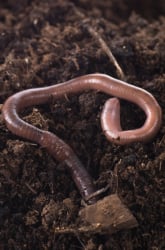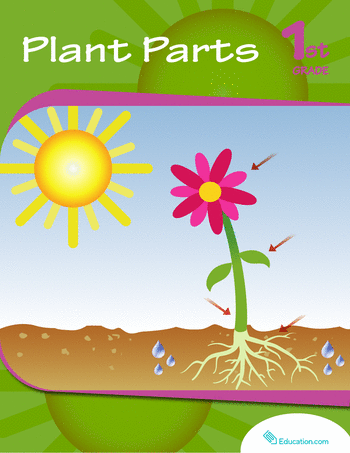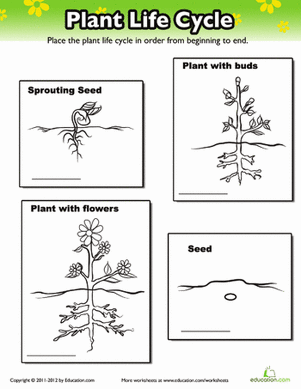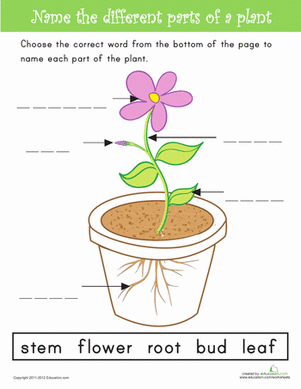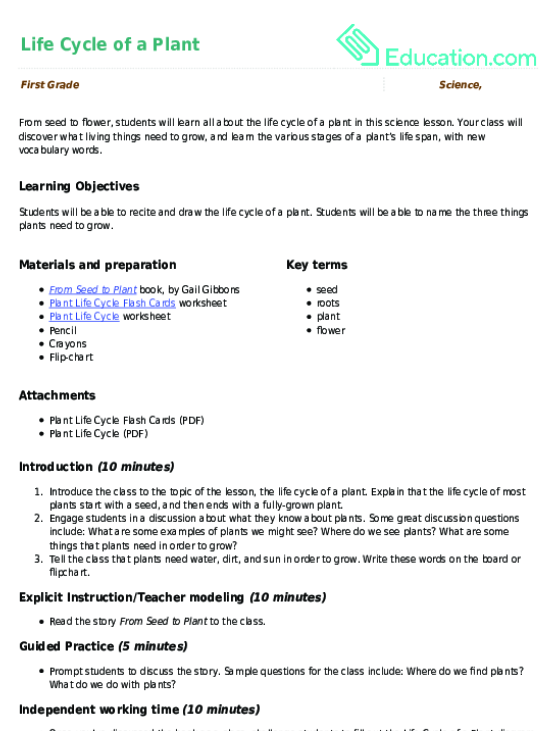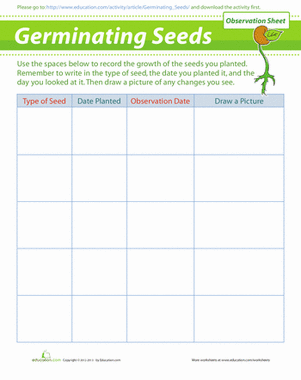Science project
Earthworms and Plant Growth - Are They Related?
Earthworms live pretty secret lives underground. Have you ever seen earthworms on the grass or sidewalk after a rain, wriggling back into the soil?
Every animal has a job in the place they live; all organisms depend on each other in some way. Since these wiggly bugs share their home with greenery, flowers and shrubs, it's natural to assume that earthworms and plant growth are somehow related.
What do you suppose earthworms do down in the dark, wet soil? Do you think earthworms effect plants in a helpful, harmful or neutral way?
Problem:
Will a plant with earthworms in its soil grow better, worse or the same as a plant without earthworms in its soil?
Materials:
- 2 plastic 2-Liter bottles (or similar plastic containers)
- Scissors
- 6 - 12 earthworms
- Leaves or other dead plant material, such as grass clippings
- Soil
- 2 tomato plants
- Water
- Access to full sunlight or grow lamps
- Notebook
- Pencil
- Permanent marker
Procedure:
- Before you start, consider these questions: What do plants need to grow? How do earthworms behave in their habitat? Earthworms require lots of moisture in their environment to keep them from "drying" out: Where do they spend their time? What would happen if there weren't earthworms in the soil? Write down any notes in your notebook.
- Using your notes, make a guess about what will happen to the plant with earthworms, and what will happen to the plant without earthworms. Write down this guess—called a hypothesis—in your notebook.
- With the help of an adult, cut the top half of each 2-liter bottle off. Discard the tops, or save them for another project down the road.
- Using the permanent marker, carefully write "Worms" on one bottle, and "No Worms" on the other.
- Pour some of the soil on the bottom of your containers.
- Pile the leaves, grass clippings or other dead plant material on top of the soil.
- Add another layer of soil.
- Plant one tomato plant into the "Worms" bottle, and put the earthworms into the bottle with the plant.
- Place the other tomato plant into the "No Worms" bottle, being sure to bury its roots.
- Water your tomato plants, and put them side-by-side in a sunny area. Each plant needs at least 6 hours of full sunlight a day.
- Using a ruler, measure how tall each plant is. Write down the plant heights in your notebook.
- Draw a picture of each plant. Label your drawings "Worms" and "No Worms," and be sure to color or note the color of the leaves and how the soil looks. Are the leaves dark green or light green? Can you clearly see the layers of soil and plant matter? How dark is the soil?
- The next day, give each plant a little bit of water (so the soil is damp), examine each plant and record any changes that you see. Repeat this process for 8 days.
Results:
After 8 days have passed, look over your daily notes. Draw or write how the soil has changed. Did the color change? Did the texture change? Can you still see the layers of soil and plant matter?
Check the plant growth. Draw or write out what you see. Which plant is greener in color—the one with the earthworms or the one without? Which plant is bigger? Was your hypothesis right?
Why?
Earthworms and plant growth have a special relationship; those wiggly worms make a big difference in how a tree blossoms or a flower blooms. The little bugs help the soil become more nutrient-rich by breaking down dead plant materials. This process creates humus, a natural fertilizer that plants use to grow taller and healthier. Earthworms also help plants by making tunnels and holes so the soil gets more air and water to the roots.
Digging Deeper
With science, the learning never stops; you can always change an experiment a little bit and get a completely different result! What would happen if you put the plants in the dark? Would the earthworms still be very helpful to plant growth? How about if you skipped adding dead plant material to the soil? Would the earthworms still have an effect on plant growth? Using what you learned in this project, guess what you think will happen—and test to see if you're right.
Education.com provides the Science Fair Project Ideas for informational purposes only. Education.com does not make any guarantee or representation regarding the Science Fair Project Ideas and is not responsible or liable for any loss or damage, directly or indirectly, caused by your use of such information. By accessing the Science Fair Project Ideas, you waive and renounce any claims against Education.com that arise thereof. In addition, your access to Education.com's website and Science Fair Project Ideas is covered by Education.com's Privacy Policy and site Terms of Use, which include limitations on Education.com's liability.
Warning is hereby given that not all Project Ideas are appropriate for all individuals or in all circumstances. Implementation of any Science Project Idea should be undertaken only in appropriate settings and with appropriate parental or other supervision. Reading and following the safety precautions of all materials used in a project is the sole responsibility of each individual. For further information, consult your state's handbook of Science Safety.
